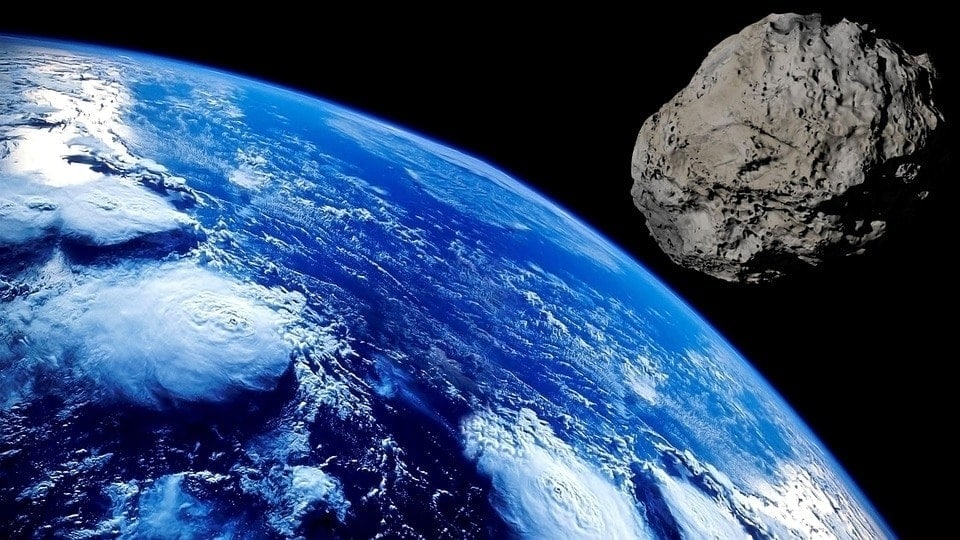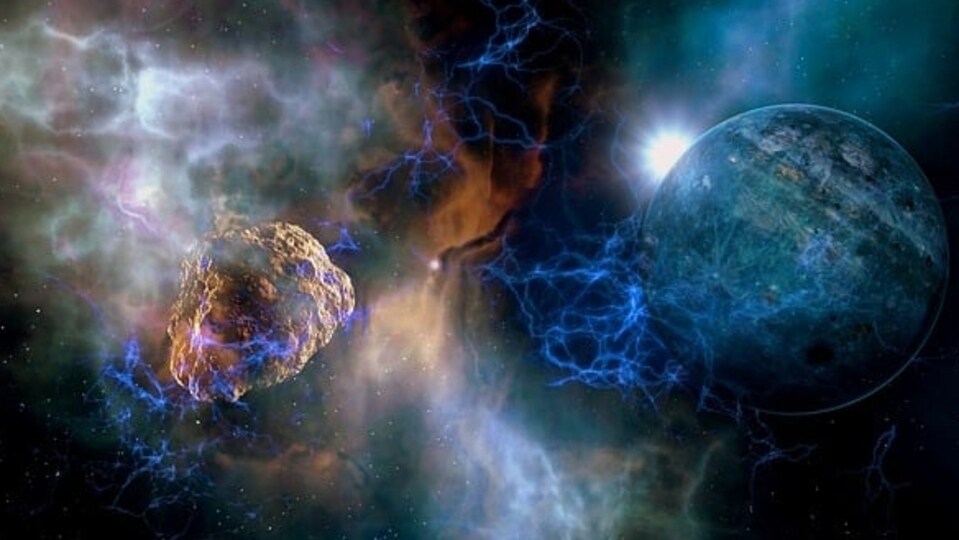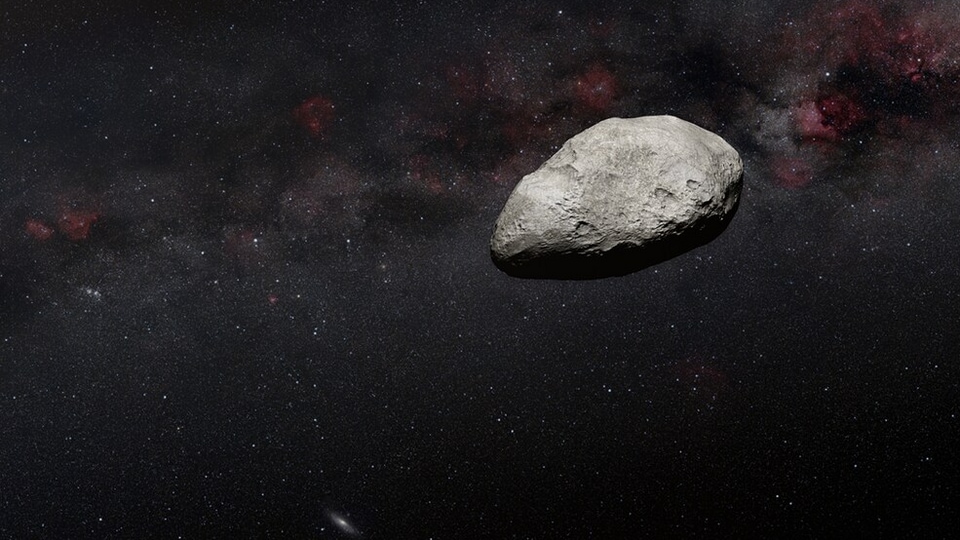In a first, NASA’s James Webb Telescope detects small Asteroid in the main belt
NASA’s James Webb Space Telescope detected an asteroid of 300 to 650 feet in length for the first time in the main asteroid belt.






 View all Images
View all ImagesNASA's James Webb Space Telescope has detected an asteroid that is anything between 300 to 650 feet in length. This is the smallest object ever discovered by the Webb Telescope. The discovery was made a team of European scientists using the Mid-InfraRed Instrument (MIRI) data. It has been dubbed as an "interloping" asteroid. Notably, it is located in the main asteroid belt between Mars and Jupiter. However, NASA says that further observations are necessary to fully understand its characteristics.
“We — completely unexpectedly — detected a small asteroid in publicly available MIRI calibration observations,” explained Thomas Müller, an astronomer at the Max Planck Institute for Extra-terrestrial Physics in Germany.
NASA said in a blog post, “The detection of this asteroid — which the team suspects to be the smallest observed to date by Webb and one of the smallest detected in the main belt — would, if confirmed as a new asteroid discovery, have important implications for our understanding of the formation and evolution of the solar system."
Although current models anticipate the presence of asteroids of all sizes, small asteroids have received less attention than larger ones due to the challenge of observing them. With future-focused observations using the Webb, astronomers will be able to examine asteroids smaller than 1 kilometer.
The interesting part is that the result of the Webb Telescope also suggests a great contribution to the detection of the new asteroid. To confirm that the detected object is a new asteroid, additional positional data relative to background stars is needed from follow-up studies to determine its orbit, NASA mentioned.
NASA report added, "What's more, this result suggests that Webb will also be able to serendipitously contribute to the detection of new asteroids. The team suspects that even short MIRI observations close to the plane of the solar system will always include a few asteroids, most of which will be unknown objects."
What is an Asteroid: NASA explains
An asteroid is a rocky airless remnant left over from the early formation of the solar system about 4.6 billion years ago. Most asteroids can be found orbiting the Sun between Mars and Jupiter within the main asteroid belt.
Catch all the Latest Tech News, Mobile News, Laptop News, Gaming news, Wearables News , How To News, also keep up with us on Whatsapp channel,Twitter, Facebook, Google News, and Instagram. For our latest videos, subscribe to our YouTube channel.































